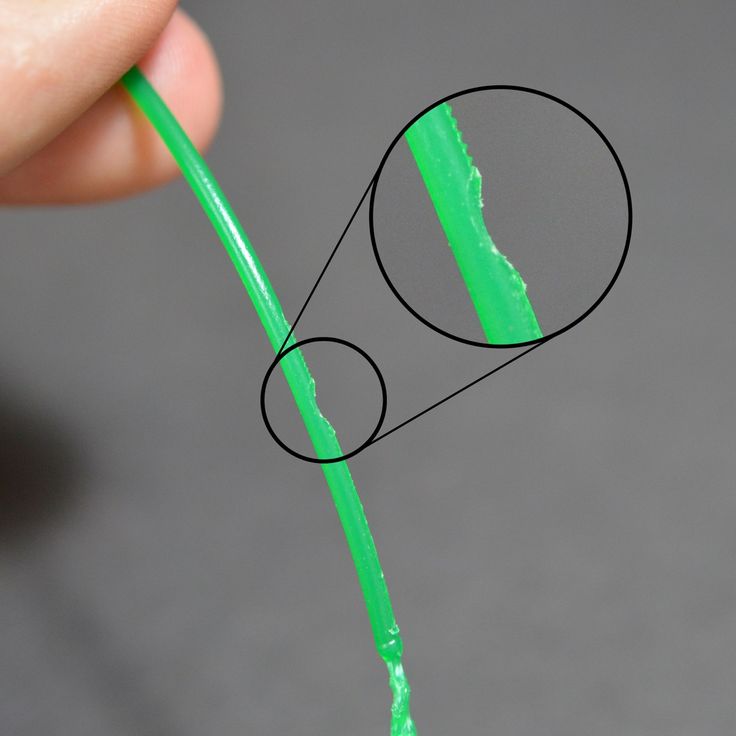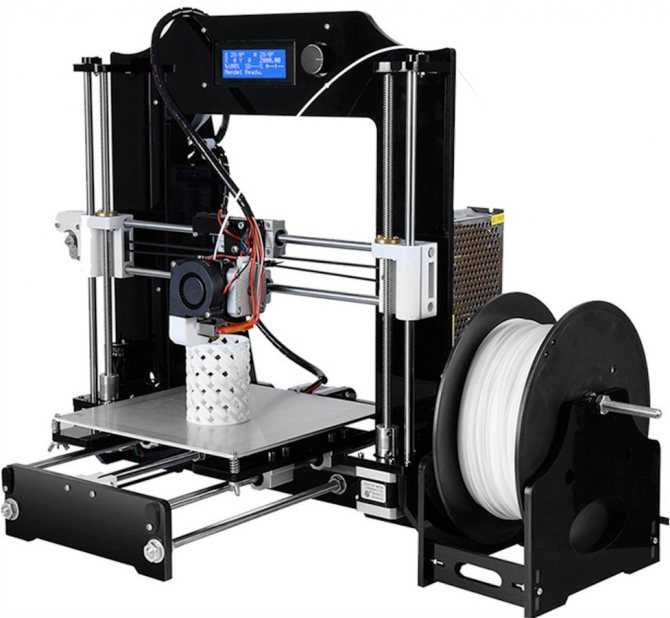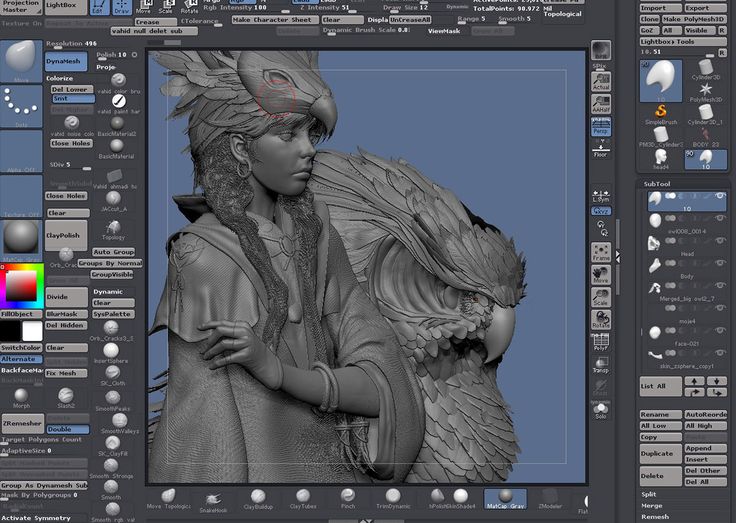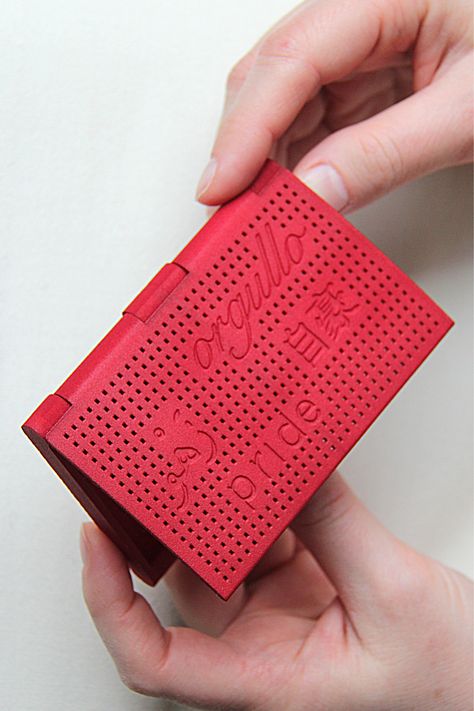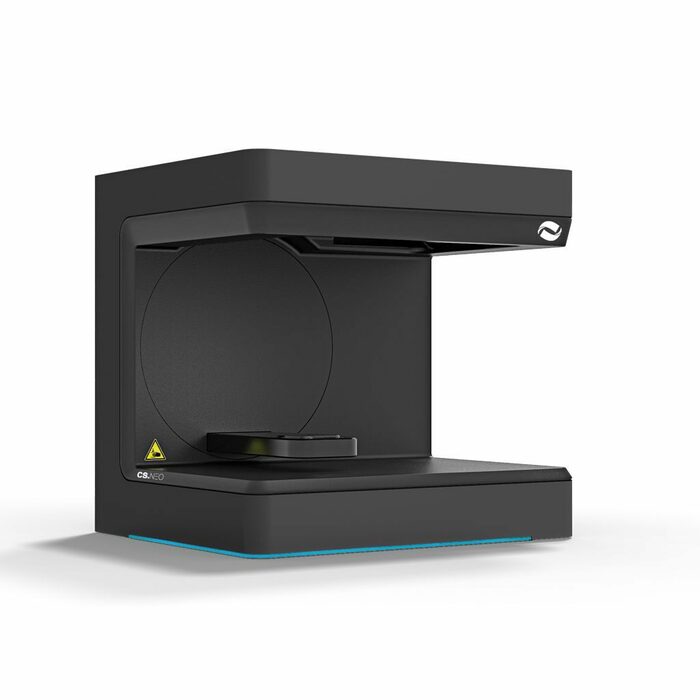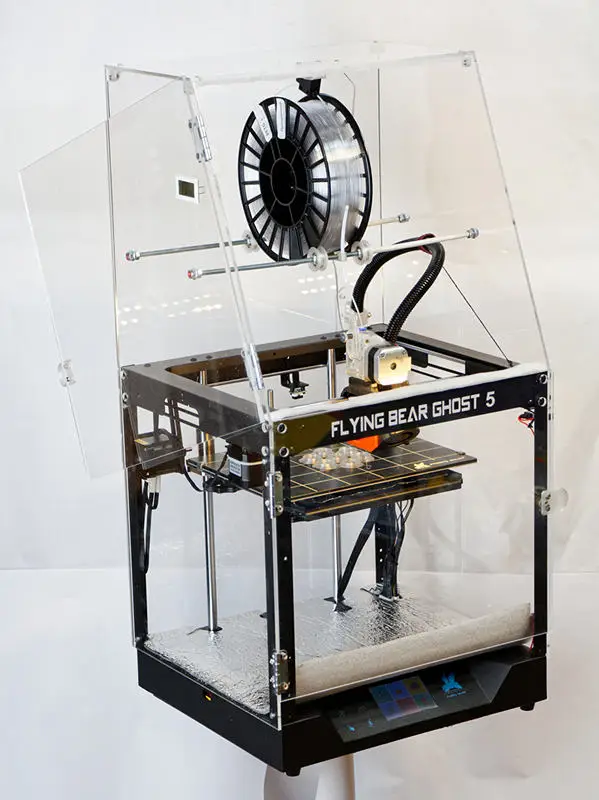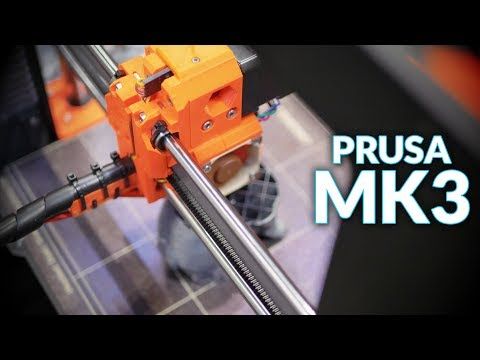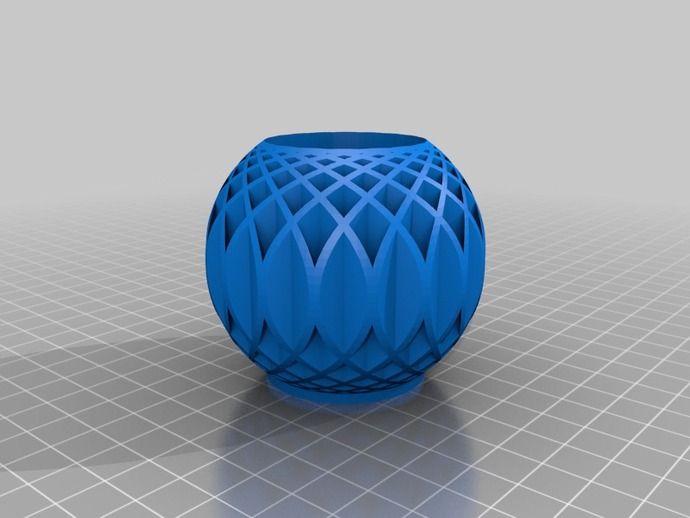3D printing graphics
Uses of 3D printing in graphic design and visual communication -
Enhanced Design Tools / By Carolyn King / Leave a Comment
3D printing involves making things – 3 dimensional objects – which is generally not what most people think graphic designers do. However, graphic designers have actually been designing 3D objects since the early days of visual communication – from books and brochures through to signs, packaging, merchandise, folders, cards and advertising hoardings. The question is, will 3D printing have a role to play in visual communication? Will it change the solutions we design, or the way we design them?
Collaboration across design disciplines
Most current applications of 3D printing involve making parts or prototypes for everything from consumer products to medical prosthetics, architecture and machinery. Forbes’ article The State of 3D Printing, 2018 quotes research by Sculpteo that says the most popular applications of 3D printing are prototyping, production and proof of concept models. Graphic designers often work with product designers, architects and business clients, so to collaborate effectively they need to keep up with industry developments in 3D printing and related technologies.
3D topographic maps
Topographic model of Wilpena Pound, South Australia Topography and Bathymetry of New Zealand Topgraphic model of Yosemite National Park, USAThe examples above are from Thingiverse, which has thousands of 3D designs uploaded by users. The topographic map of Yosemite was generated via the handy Terrain2STL tool.
Information design and data visualisation
Complex data means nothing unless you can understand it! ‘Big data’ can sometimes be made more understandable using 3D modelling. The article How 3-D Printing is Revolutionizing the Display of Big Data explains how a translucent 3D-printed model is combined with coloured lights to enhance meaning and convey information.
3D printed model to explain a maths concept 3D flight map graphic 3D campus model with lighting
Typography
Complete typefaces are being developed for 3D, just as they are for print and screen use.
Business cards
Packaging
3D printing can be used to create prototype or small run packaging designs, and enables more complex shapes than some alternative methods.
Packaging prototypes Packaging prototypes Packaging productionThe above examples are just a few of the areas of visual communication where 3D printing is being used. Some other areas include signage, branding and education. As the technology develops, 3D printing is likely to be used in ways we can’t yet anticipate, especially if it reaches widespread use in the home and a wider range of materials (particularly eco-friendly materials) are available for everyday use.
<< back to Enhanced Design Tools index
3D Printing, Tactiles and Haptics
New technologies for creating tactiles and tactile experiences offer revolutionary ways of conveying spatial information.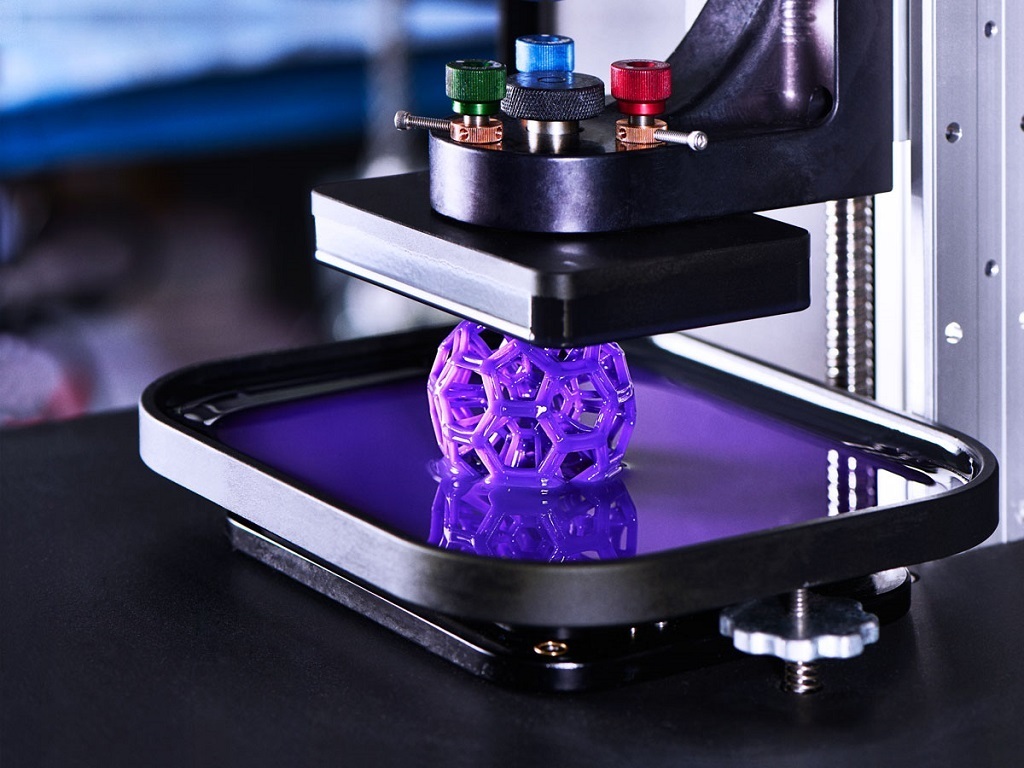 The work described below represents the DIAGRAM Center’s ongoing exploration of these technologies, including 3D printing and haptics.
The work described below represents the DIAGRAM Center’s ongoing exploration of these technologies, including 3D printing and haptics.
3D Printing in Schools | Printing of Braille with 3D printers | SVG and 3D Printing | 3D Printed Teaching Aids
3D Printing National Forum | General Info on 3D Printing | Decision Tree
Tactile Graphics Project | Tactile Graphics Webinar | Imageshare | Haptics
3D models add another dimension of depth to traditional images and open doors for multimodal learning. With revolutionary implications for education, medicine, and more, 3D printing offers a low-cost alternative to creating 3D models that increases opportunities for customization and experimentation. The DIAGRAM Center is exploring 3D printing technology as a way to increase access to curriculum and learning. For students, 3D-printed models can offer better ways of understanding spatial concepts for things that would otherwise be too large, too small, too valuable/rare, or too dangerous to hand to a student.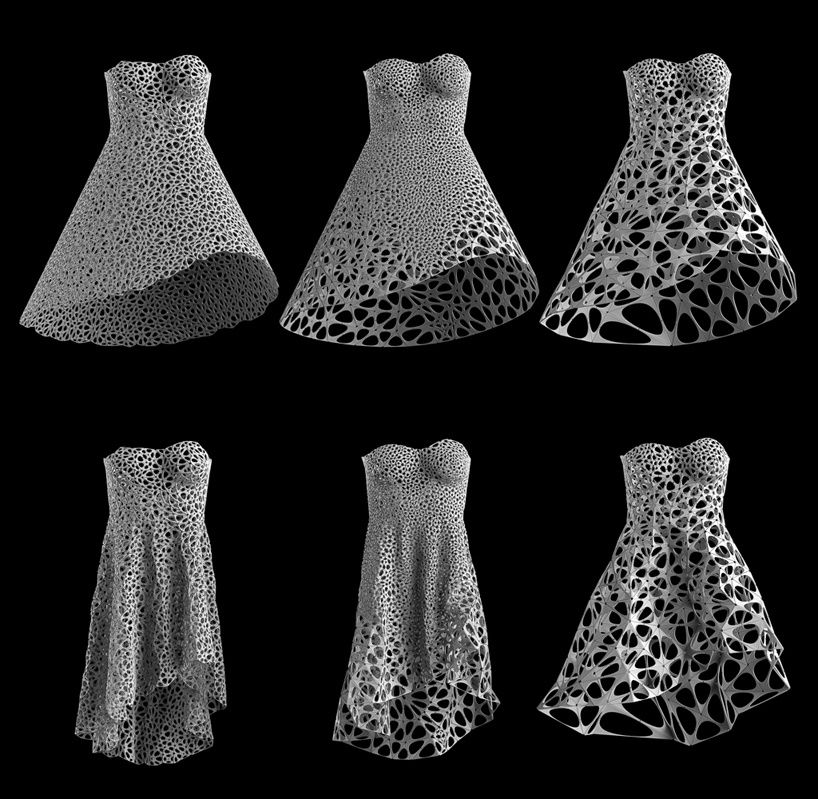 They can be customized, created by non-specialists in accessibility, and shared with all students in a classroom.
They can be customized, created by non-specialists in accessibility, and shared with all students in a classroom.
Printing of Braille with 3D printers
The introduction of 3D printers in education has created a new opportunity for people to create tactile materials for students who are blind. This document seeks to inform object creators about the best way to add braille to 3D objects.
Based on testing with braille reading users and many different types of printers (Makerbot, MakerGear, TypeA, Ultimaker, and more) we found that ‘vertical braille’ is the best method of printing braille with a 3D printer (see below). Testing was conducted by the Lighthouse for the Blind and Visually Impaired in San Francisco, Texas School for the Blind and Visually Impaired, DIAGRAM Symposium on 3D Printing.
Download Word Version of Document
3D Printing for Accessible Materials in Schools
In 2013, researcher and TVI (Teacher of the Visually Impaired), Yue-Ting Siu (UC Berkeley & San Francisco State University) conducted a one-year research project about 3D printing in education. The main advantages of using 3D printing are: bringing imagined creations to life, ability to customize devices, enhancing the learning of all students in a classroom, and use of the technology by anyone to create an accessible environment. While there are still some challenges, Ting provided some recommendations that include:
The main advantages of using 3D printing are: bringing imagined creations to life, ability to customize devices, enhancing the learning of all students in a classroom, and use of the technology by anyone to create an accessible environment. While there are still some challenges, Ting provided some recommendations that include:
- Collaboration between technology, computer programming, general education teachers, and community supports
- Simplify implementation of 3D printing to the acquisition and maintenance of a 3D printer as the technology gets more affordable and usable
- Cultivate open access repositories that offer curated selections of files for easy download and printing as aligned with academic curricula
- Provide training to promote understanding of 3D printing’s capabilities and how it fits into the larger set of tools for providing accessible materials for students with visual impairments.
Read the full report here (Word document): 3D Printing for Accessible Materials in Schools (final version).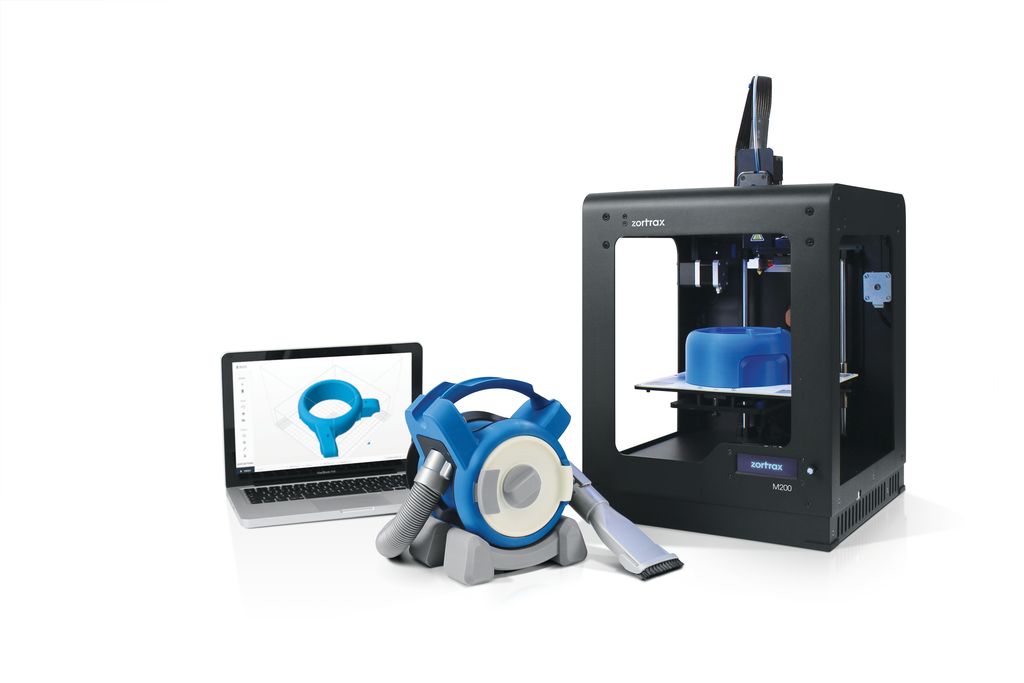 See also a closed-caption recording of Ting’s DIAGRAM webinar on this topic, along with handouts and a written summary of the Q & A for the webinar: 3D Printing for Accessible Educational Materials.
See also a closed-caption recording of Ting’s DIAGRAM webinar on this topic, along with handouts and a written summary of the Q & A for the webinar: 3D Printing for Accessible Educational Materials.
SVG and 3D Printing Report
In the DIAGRAM-sponsored report “Assessments of Raster-to-Vector (SVG) Conversion software and 3D Printers for Tactile Graphics” National Braille Press assesses SVG software to find a version that is affordable, and easy to use for publishers and individual content providers. Beyond the DIAGRAM Center’s interest in SVGs for publishers, SVGs also provide a number of digital conversion options for tactile graphics like 3D printed objects, when description alone is inadequate. 3D printers may provide one method for these solutions that can provide perfect proportioning, detailed resolution, and reduce the labor time required compared to the collage methods of creating tactile graphics, especially with complex images.
Download PDF Version of Report
Download Word Version of Report
Stanford Student Research Paper: “3D-Printed Teaching Aids for Students with Visual Impairments”
In the spring of 2014, three Stanford University undergraduates became interested in the work Benetech and DIAGRAM were doing to support accessibility in STEM for students with visual impairments. They set out to first determine what instruments already existed for these students and evaluate the need for 3D printed education tools. They then worked to address the lack of learning aids by designing and printing a variety of objects to be used in STEM classrooms. The results of their work indicated that 3D printed models fill a hole in available learning aids for visually impaired students, but determined it wasn’t feasible for them to design and print individual objects. They hope to work with Benetech and other members of the assistive technology community to build a repository of 3D designs that can be standardized for large scale general use in classrooms.
They set out to first determine what instruments already existed for these students and evaluate the need for 3D printed education tools. They then worked to address the lack of learning aids by designing and printing a variety of objects to be used in STEM classrooms. The results of their work indicated that 3D printed models fill a hole in available learning aids for visually impaired students, but determined it wasn’t feasible for them to design and print individual objects. They hope to work with Benetech and other members of the assistive technology community to build a repository of 3D designs that can be standardized for large scale general use in classrooms.
Download Word Doc
3D Printing National Forum
In October 2014, with numerous DIAGRAM community members joining, Benetech kicked off a 3D Printing for Accessible Education grant from the Institute of Museum and Library Sciences. Our deliverables include a National Forum to discuss topics and issues around 3D printing in education, a quick-start guide for 3D printing and a collection of STEM objects available for educators.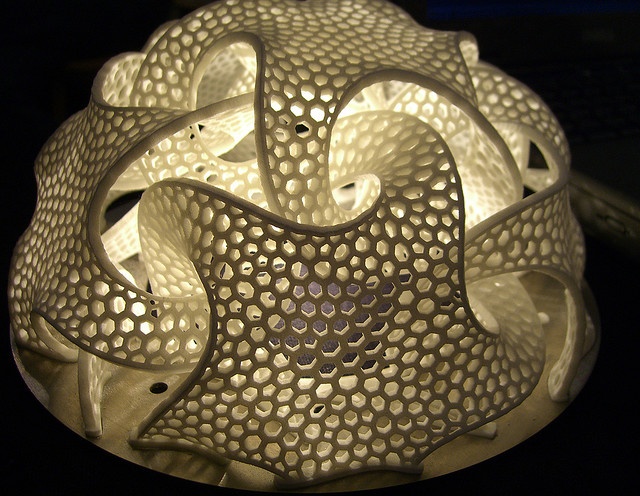 We hope that our work will contribute to the field of accessible tactile objects for education. On June 17-19, 2015, we conducted a forum that brought together museums, libraries, educators, end users, technologists, and publishers to discuss the implications of 3D printing technology for education. Hear the presentation from the post-forum recap webinar (or download the slides from the recap webinar here: 3D Forum Recap Webinar 8415 (NN)) to learn more about the outcomes of the forum.
We hope that our work will contribute to the field of accessible tactile objects for education. On June 17-19, 2015, we conducted a forum that brought together museums, libraries, educators, end users, technologists, and publishers to discuss the implications of 3D printing technology for education. Hear the presentation from the post-forum recap webinar (or download the slides from the recap webinar here: 3D Forum Recap Webinar 8415 (NN)) to learn more about the outcomes of the forum.
3D printed objects
quick-start guide for accessible printing (online PDF)
quick-start guide for accessible printing (word document)
For more general information about 3D printing and education see:
- Exciting Developments in Uses of 3D Printing in Education
- 3D Printing Industry (Education)
- 3D Printers in the Classroom
- 3D printers in schools: uses in the curriculum
- 3D printing in schools: The next industrial revolution?
- Horizon Report
For more information about any of the DIAGRAM 3D printing projects or to contribute to our growing collection of research on 3D printing for education, please email 3D(at)benetech(dot)org.
Decision Tree
Developed by Touch Graphics, Inc., the Decision Tree (report in Word) is a tool for choosing which print images need tactiles and which need descriptions. A digital decision tree allows the creation of tools that will expedite the work of making textbooks accessible by allowing non-specialists to make good decisions about which images need what kind of treatment to make them accessible. The tool was found to be a successful method for novices to categorize images (mean 66% correct). Future improvements to the tool’s success will come with better understanding and agreement among experts as to whether certain images need verbal or tactile treatment. The open-source image sorting tool was built using Lime Survey. The related survey questions and the xml are freely available. A flow chart is also available (Word version here) that shows how the decision process was captured in the sorting rubric.
Tactile Graphics with a Voice
The Tactile Graphics Project at the University of Washington has created the TGV (Tactile Graphics with a Voice), a QR-code reading app that allows text within images to be read and voiced by a mobile device such as an iPhone or Android phone.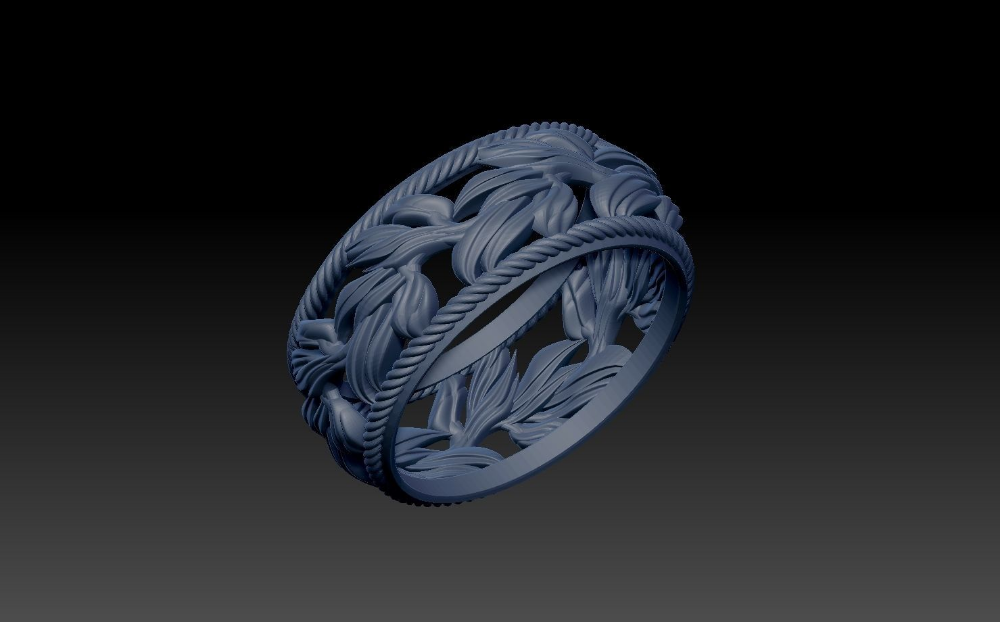 For those who are interested in creating tactile graphics that include QR-codes for embedded text in images, there is a revised Tactile Graphics Assistant Manual (PDF version here) that includes information about how to include QR-codes. The TGV Design Document is available for boththe iOS (PDF version) and for the Android (PDF version). The open source code is available for both the iOS version and the Android version of TGV as well. See the published paper about this work, which won Best Student Paper at the October 2014 ACM SIGACCESS conference on computers and accessibility.
For those who are interested in creating tactile graphics that include QR-codes for embedded text in images, there is a revised Tactile Graphics Assistant Manual (PDF version here) that includes information about how to include QR-codes. The TGV Design Document is available for boththe iOS (PDF version) and for the Android (PDF version). The open source code is available for both the iOS version and the Android version of TGV as well. See the published paper about this work, which won Best Student Paper at the October 2014 ACM SIGACCESS conference on computers and accessibility.
Webinar: Tactile Graphics with a Voice
Imageshare
Developed by the DIAGRAM Center, Imageshare is a shared, open source platform for educators and consumers to explore and find alternative resources (modalities) related to key STEM concepts. As more accessible alternatives for images, such as tactile graphics and 3D object are produced, the benefit of having a centralized location where contributors and consumers can reference and discover accessible content also increases.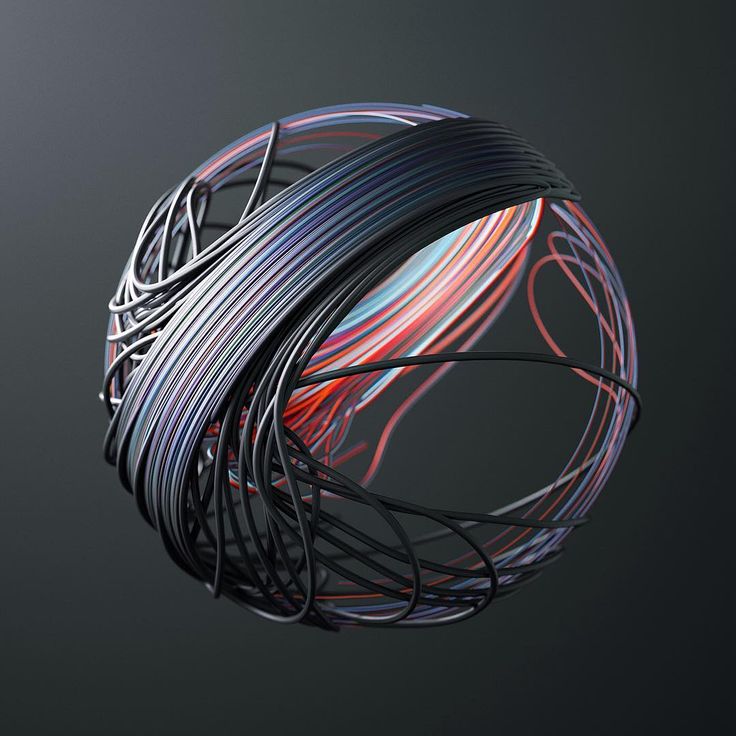 Imageshare is that centralized collection that’s curated for accessibility. It not only eliminates redundancies within and across organizations, but also allows sharing of costly, time-intensive, and limited resources involved in the production of alternative content.
Imageshare is that centralized collection that’s curated for accessibility. It not only eliminates redundancies within and across organizations, but also allows sharing of costly, time-intensive, and limited resources involved in the production of alternative content.
Prior to the adoption of the current name, “Imageshare,” this platform was also referred to as the Registry-Repository of Accessible Images (RRAI) and the Accessible Image Repository-Registry (AIRR).
Try Imageshare (alpha)!
Integrating Haptic Feedback for Image-based STEM Content within HTML and eTextBooks
-Mark Hakkinen, ETS
Summary:
Haptic technology, already present on some tablets and smart phones, is emerging as an innovative way to augment visual information with effects such as vibration or “feelable” textures. The implications for accessibility are exciting and this project explored using vibrotactile feedback to augment visual information in EPUB and HTML content. A sample EPUB with haptic enabled SVG shapes was developed and is available for download. Additionally, instructions and source code for adding haptic effects to EPUB and HTML content is provided. Finally usability issues with haptic interfaces are discussed along with the results from a usability study with students with visual impairments.
A sample EPUB with haptic enabled SVG shapes was developed and is available for download. Additionally, instructions and source code for adding haptic effects to EPUB and HTML content is provided. Finally usability issues with haptic interfaces are discussed along with the results from a usability study with students with visual impairments.
Introduction:
Consumer tablet devices, such as the Apple iPad and Google Android products, are making significant inroads in education as a platform for delivering eBooks, instructional material, and assessments. Accessibility of the devices, and the content presented using them is an important consideration, especially for students with visual impairments, where access to graphical and spatially presented information essential to the study of science, technology, engineering, and mathematics (STEM) can pose significant challenges.
A new class of technology – tablet-based haptics – may enable an effective mechanism for presenting graphical information to students with visual impairments. As tablets with haptic capability increase their foothold in the classroom, and in the hands of students at school (and home), there is the potential for significant advances in how students with visual impairments are enabled to independently interact with STEM content. This DIAGRAM Center funded research project examines the use of haptic feedback as a means to provide access to graphical information in HTML and EPUB, using widely available vibrotactile feedback. Sample content, source code, and a discussion of usability issues is included.
As tablets with haptic capability increase their foothold in the classroom, and in the hands of students at school (and home), there is the potential for significant advances in how students with visual impairments are enabled to independently interact with STEM content. This DIAGRAM Center funded research project examines the use of haptic feedback as a means to provide access to graphical information in HTML and EPUB, using widely available vibrotactile feedback. Sample content, source code, and a discussion of usability issues is included.
Learn More About Haptics
How does 3D printing work? / Habr
Surely each of us at least once in our lives had to print something on plain paper: reports, graphs, articles ...
But probably only a few have come across 3D printing, which results in three-dimensional objects!
I didn't know anything about 3D printing until I was invited to work for Materialize, one of the leaders in rapid prototyping and 3D printing.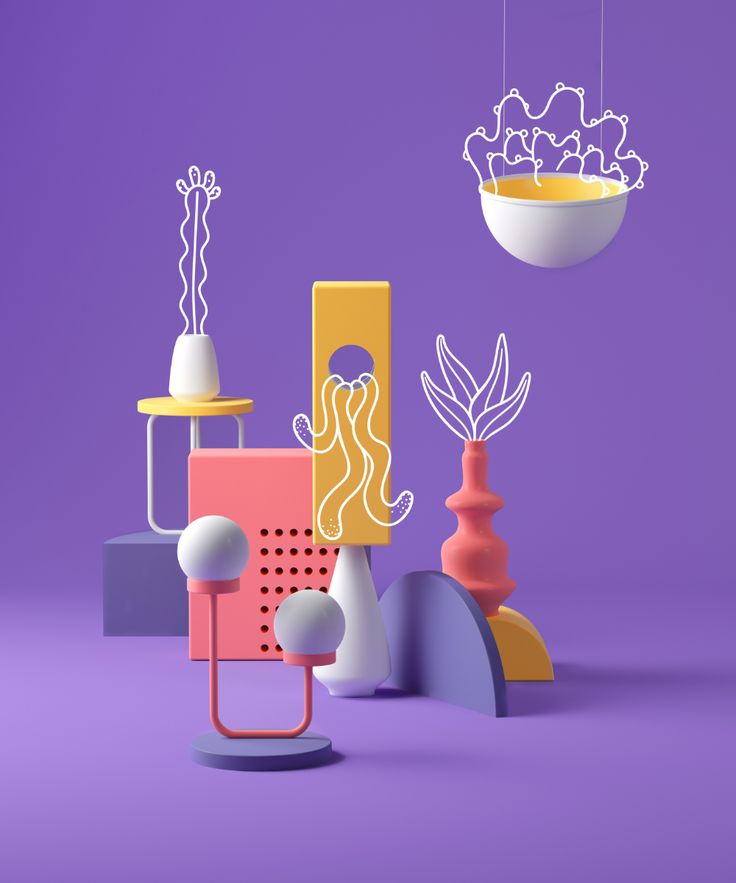
Actually, under the cut, I will share my impressions of how a 3D model is brought to life - starting with an order and ending with its printing on a 3D printer!
There will be many interesting photos: from the Materialize factory in Belgium, cars partially printed in 3D and others!!!
So, in the case of printing on plain paper, everything is quite simple: a document is created, sent to the printer, and paint is applied to the paper.
In the case of 3D printing, everything is much more interesting!
The life of a 3D model starts with the customer. Materialize develops and manufactures models for medicine (auxiliary guides for joint operations), mechanical engineering (cases for electrical instruments) and other areas. For me, the most interesting thing is the creation of prototypes for car companies, so I will tell you more about this :)
Companies often display prototype models at auto shows to gauge customer interest. For the production of a single prototype, it makes no sense to run a conveyor, stamp steel sheets, etc. Therefore, such prototypes are often made using rapid prototyping methods, which significantly reduces time and costs. The following photos show the Renault Ondelios concept car, many of whose parts (front grille, dashboard...) were 3D printed:
Therefore, such prototypes are often made using rapid prototyping methods, which significantly reduces time and costs. The following photos show the Renault Ondelios concept car, many of whose parts (front grille, dashboard...) were 3D printed:
More recently, the i.materialise.com service has been launched, with the help of which not only a large company, but anyone can now create something unique: a beautiful bookend, a figure of their favorite movie character, and even their own photo in 3D !
So the order is done!
What next?! And then the order goes to engineers who specify the parameters of the model and transfer it to production.
The model can be made using several technologies. The basic technology is SLS (Selective Laser Sintering): under the influence of a powerful laser, particles of a special powder are “sintered”, resulting in a solid product.
After the production is finished, the engineers will finish sanding and, if necessary, painting the model. After that, the model is sent to the customer.
After that, the model is sent to the customer.
In conclusion, I want to say that in addition to the main office of Materialize in Belgium, there is the largest Materialize Research & Development Center in Kyiv, from where, in fact, I wrote this post :)
P.S. Next time I will talk about the use of 3D printing in medicine: you will get acquainted with the story of a soldier who had part of his skull restored after being wounded, learn how auxiliary guides are created for performing operations on the joints, and much more ;)
What would you like to know about 3D printing?
Directions of 3D graphics - interiors, animation, special effects, game design, 3D printing
Directions of 3D graphics - interiors, animation, special effects, game design, 3D printing game development. Even now, when there are many lessons, video tutorials and books, it will not be so easy for a beginner to understand what's what.Interior visualization
Let's imagine that you decide to open your own coffee shop, but not just any, but with an individual design so that each chair and light bulb fits into the interior.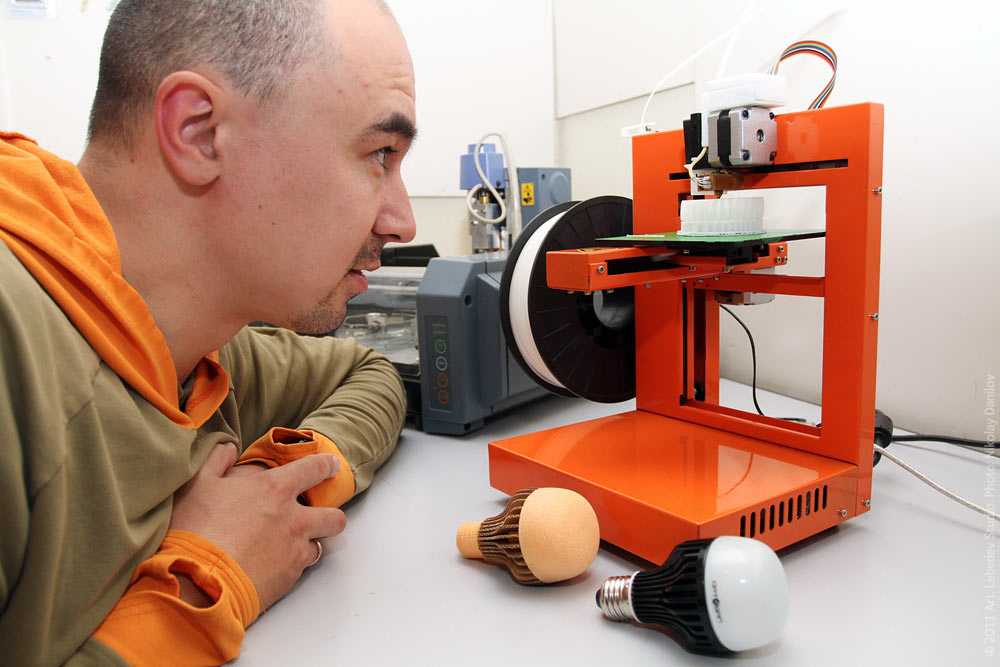 You can, of course, try to turn on your imagination, or throw something in Photoshop, but, most likely, in the end you will go to the interior visualizer, because. it is better to see the interior that has not yet been realized in 3d, and understand how it will all look and, perhaps, correct something, and remove something.
You can, of course, try to turn on your imagination, or throw something in Photoshop, but, most likely, in the end you will go to the interior visualizer, because. it is better to see the interior that has not yet been realized in 3d, and understand how it will all look and, perhaps, correct something, and remove something.
It is worth noting that it is now gaining momentum VR-visualization of interiors , this is when you can put on virtual reality glasses and almost live look at the interior, which is not there yet. It looks much more spectacular, but it also costs more, because. spend much more time on development.
Photorealism is important in interior visualization . In fact, the models are static, they are not animated, for these purposes a bunch of 3d max + some kind of visualization program, such as VRAY or CORONA, is often used. Lights, textures and effects are modeled in 3D Max, and rendering is already done in the visualization program.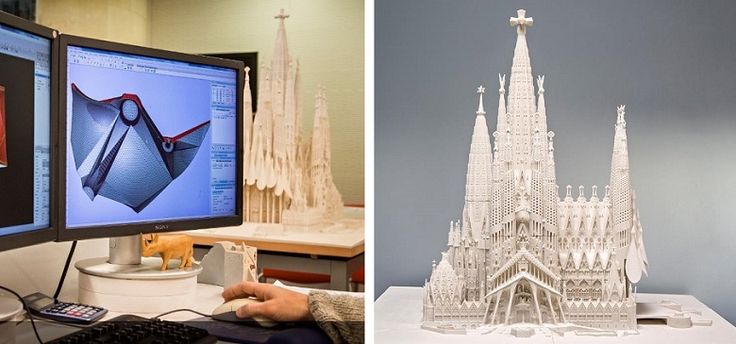
Landscape modeling
Landscape modeling (here, not the interior is visualized, but what is outside). For example, you need to build a residential complex from high-rise buildings and fit the picture into the building site. Before the era of 3D, you had to do everything by hand - create layouts. This labor-intensive method was replaced by 3D modeling. Physical layouts are still being made, but with the help of 3d printing.
In order to create a really beautiful and unusual building, the architect first makes drawings, and the 3d artist creates a three-dimensional visualization. Also, in the future, animation can be performed.
Landscape modelingAnimation
Animation, if desired, in general, can be used in any direction, but most of all, of course, it is used in film production, animated films and games. Animation makes the model come alive.
If you are working with animation, you should already have a model ready, and in order to animate it, you may also need to do skinning, creating muscles and rigging.
Skinning is the process of creating a system of bones, that is, a skeleton, for models of people, animals, insects. The bones allow the 3D character to move. It is the creation of the skeleton that is the first step for normal animation.
Next comes muscle building. Another, simplified geometry is created that mimics the muscles under the skin. After that, the muscles are given their dynamic behavior, for example, they can sway and sway when the character moves, just like muscle mass does in living beings. After creating the muscles comes rigging. Its meaning is not to move each bone separately, but to control additional controls. According to a certain scheme, they control entire groups of bones.
Visual effects
Visual effects are used to create non-existent things. These include matt painting, compositing and particle simulation. Visual effects are used, for example, when you need to finish the rain in post-production, because it makes no sense to wait for rain for several days of shooting. Also, with the help of visual effects, you can, for example, increase the number of soldiers in the frame, because. it is not cost-effective to gather a crowd of thousands of people for several shooting days, but you can shoot a small group that is copied and filled with it all the space.
Also, with the help of visual effects, you can, for example, increase the number of soldiers in the frame, because. it is not cost-effective to gather a crowd of thousands of people for several shooting days, but you can shoot a small group that is copied and filled with it all the space.
Another popular technology that is included in visual effects is motion capture. With its help, it is easier to recreate complex movements by the character. Sensors are fixed on the body of a live actor, after which his movement is transmitted to the program. This technology allows you to achieve greater realism of movements.
Visual effectsGame design (Content design)
Content design is the creation of characters, objects, animation, level design, level landscape.
3d printing
3d printing is a big breakthrough in the object prototyping industry. First, the object is modeled and then printed in a 3d printer. You can use different materials, and depending on the printer, print even with plastic, even with chocolate.


